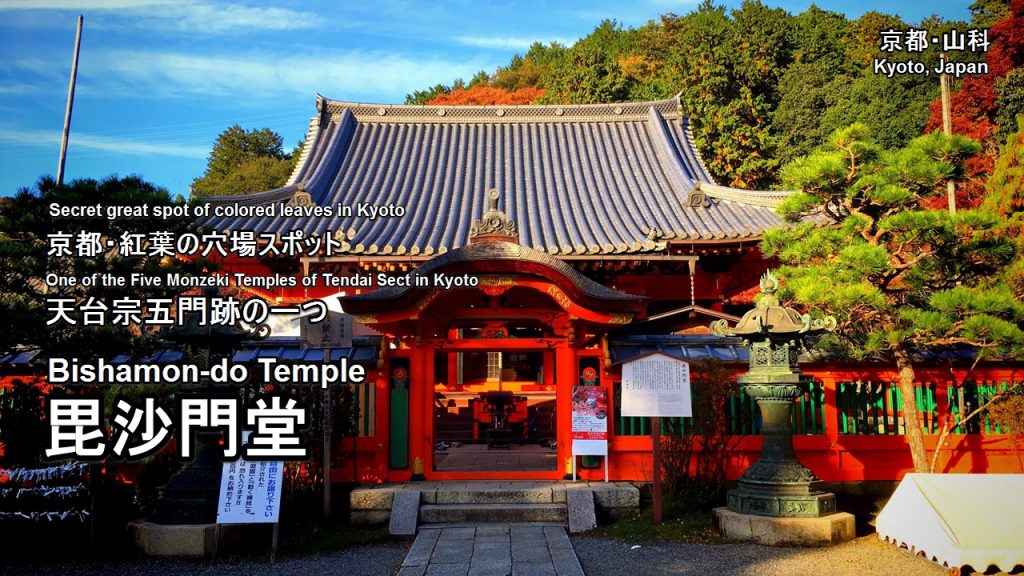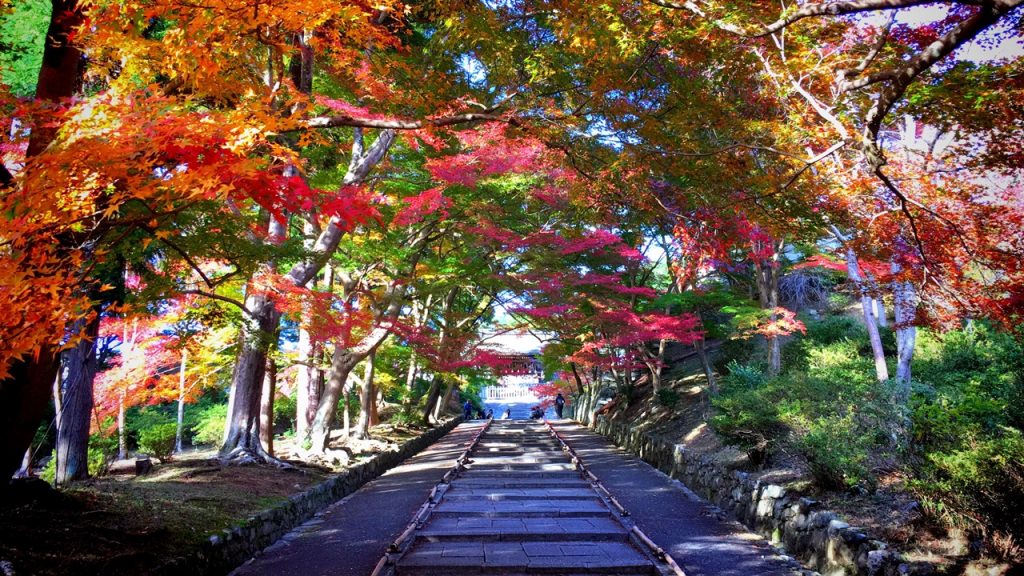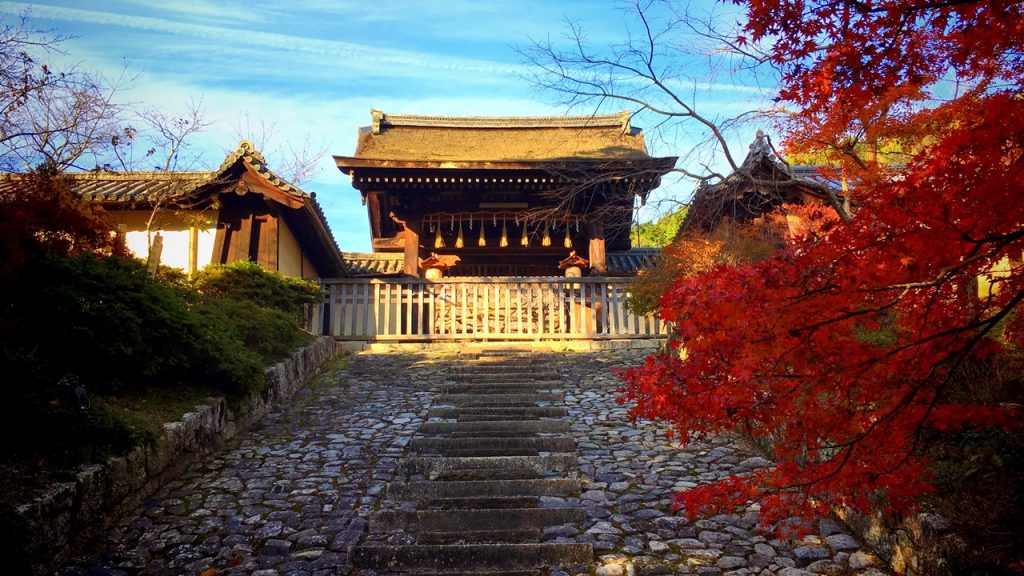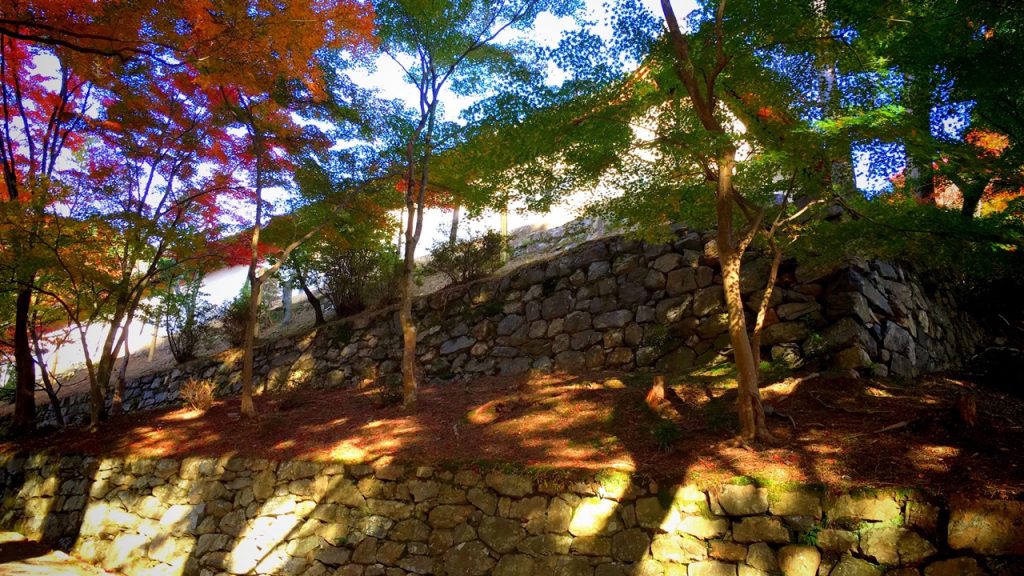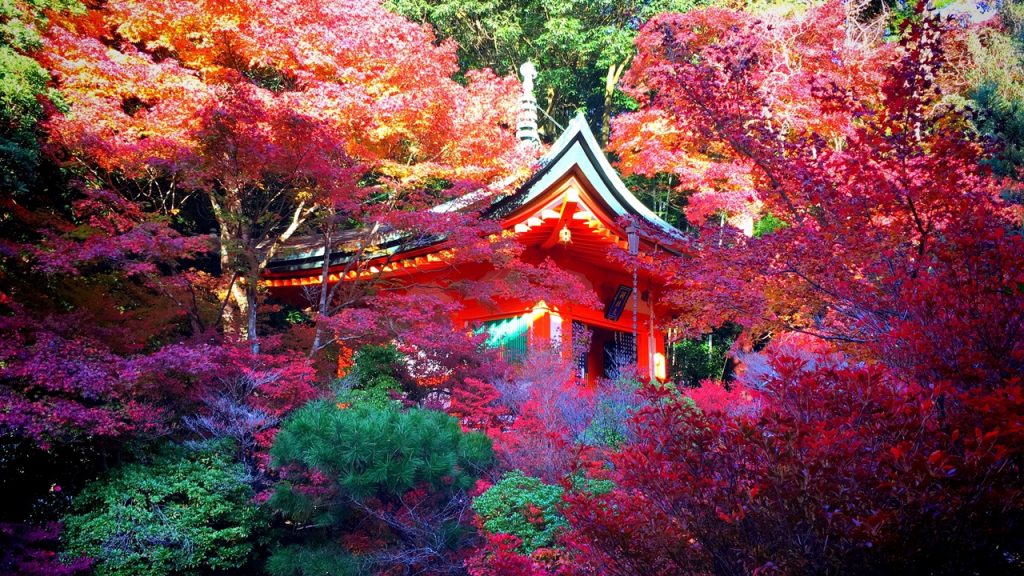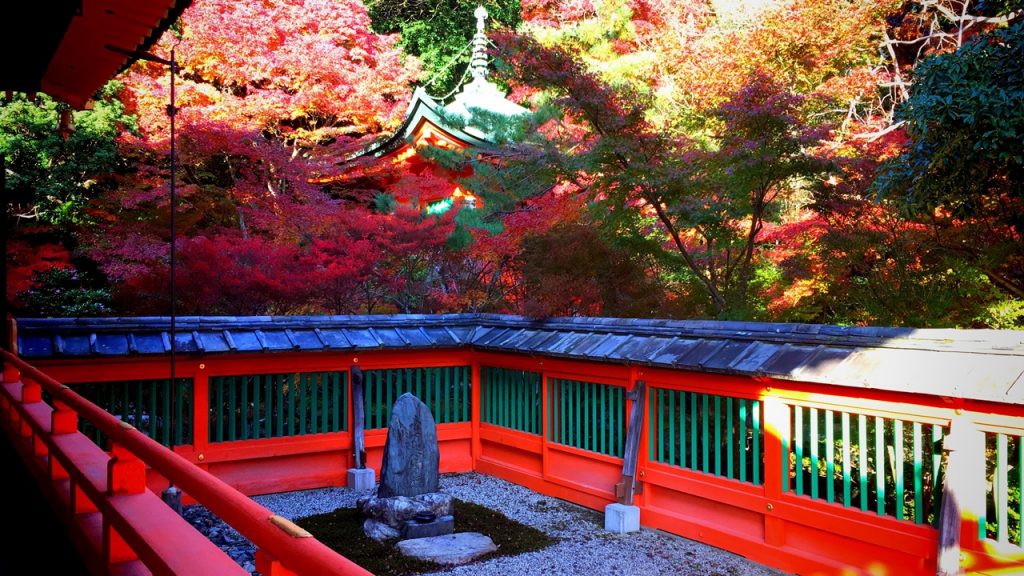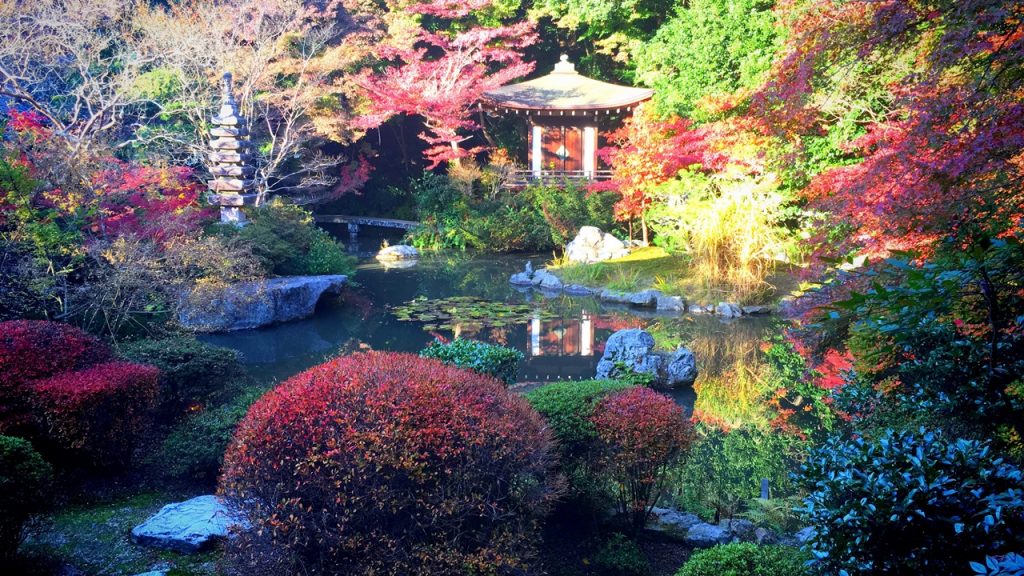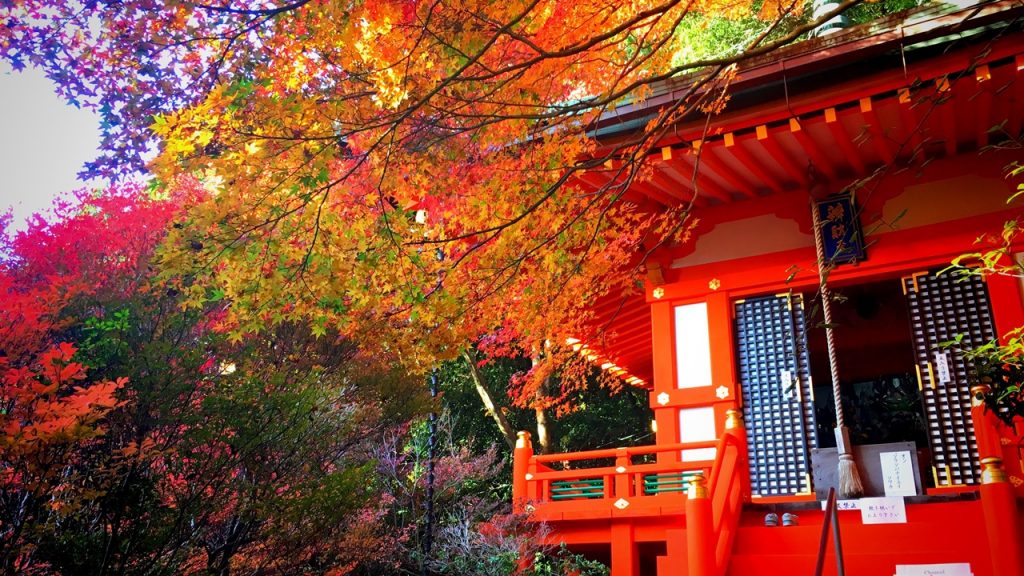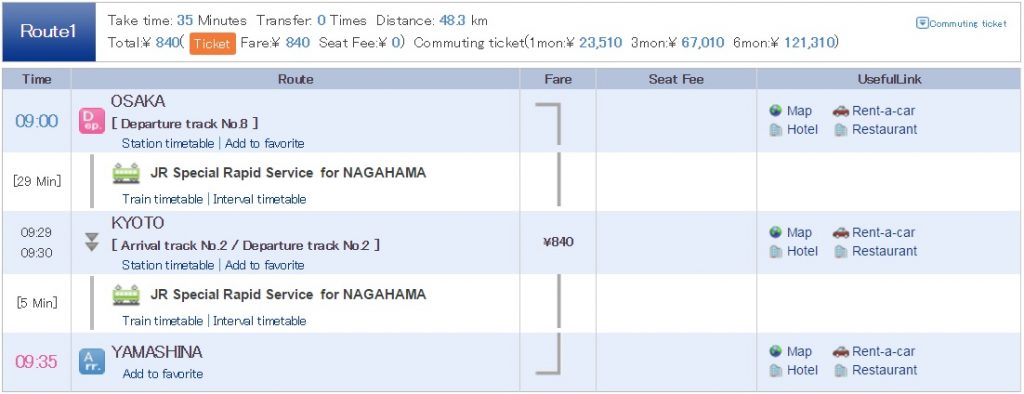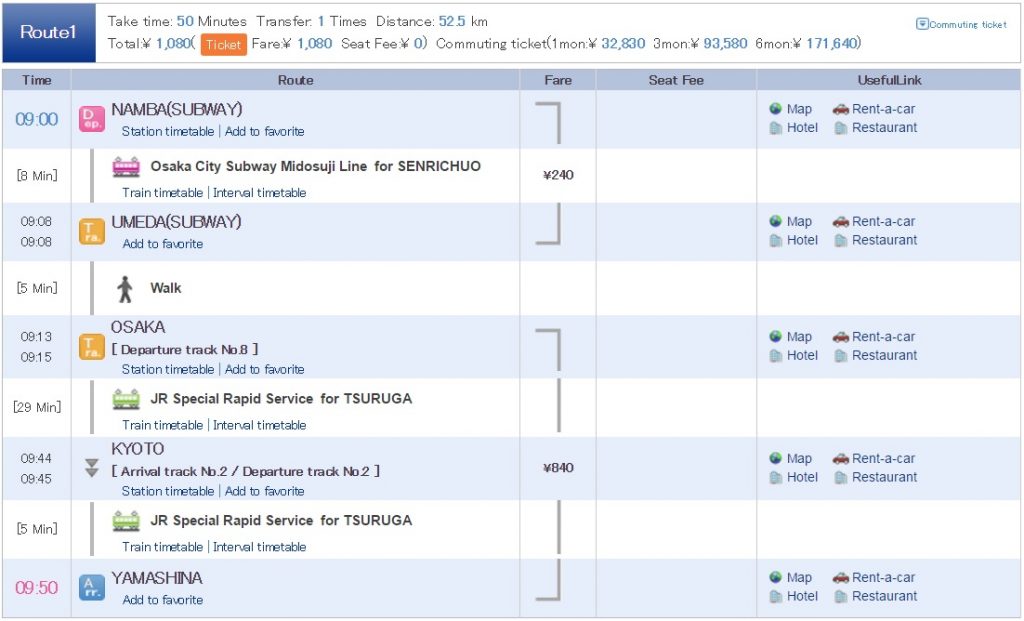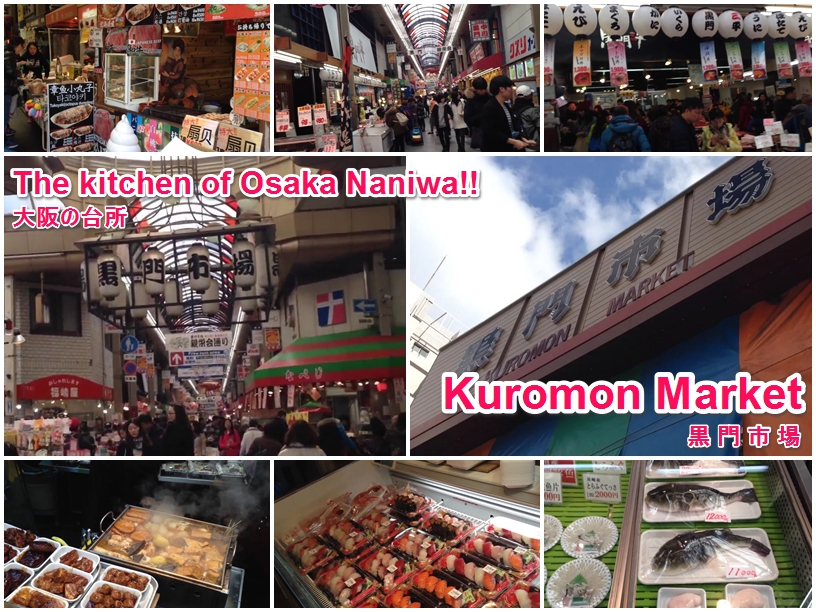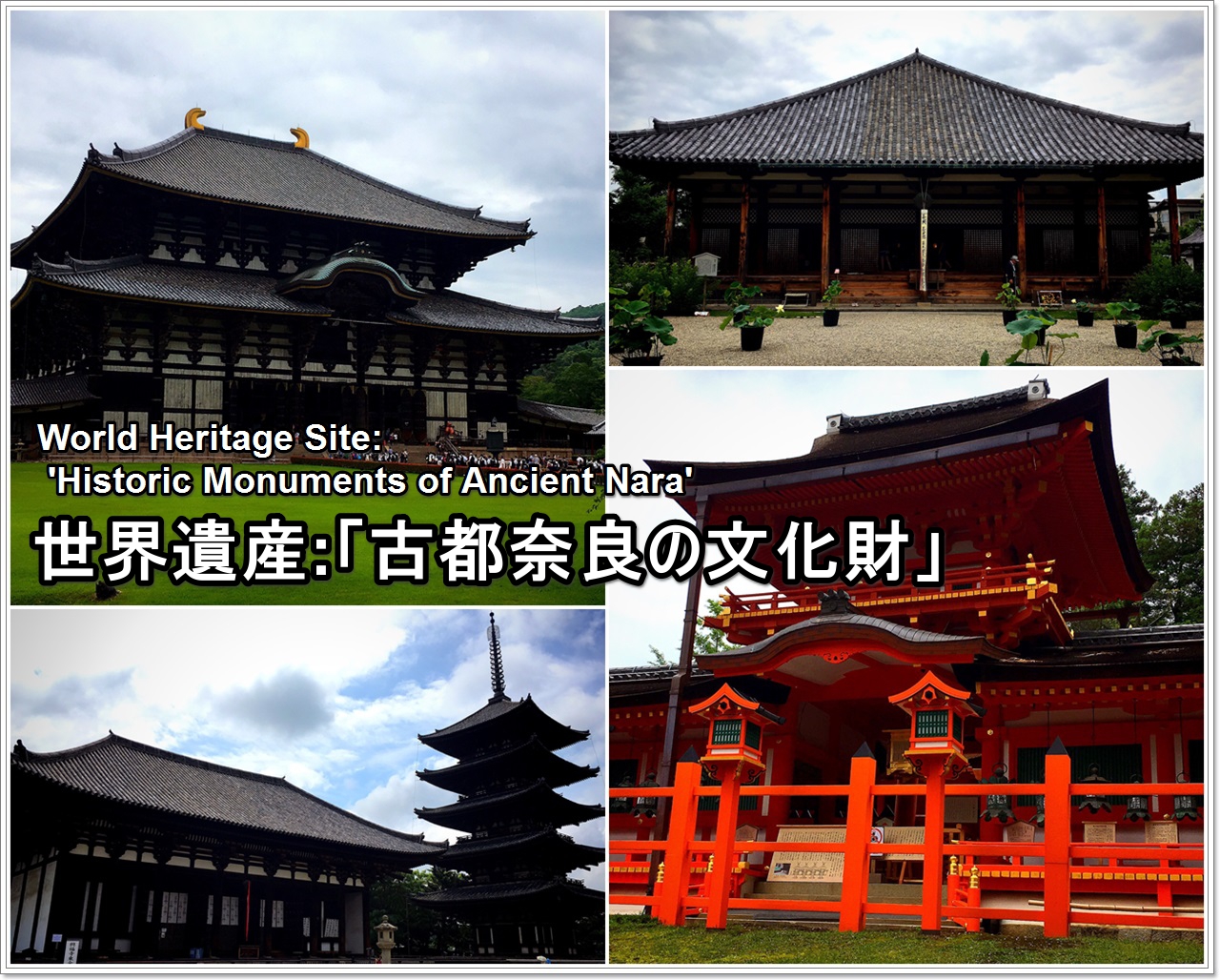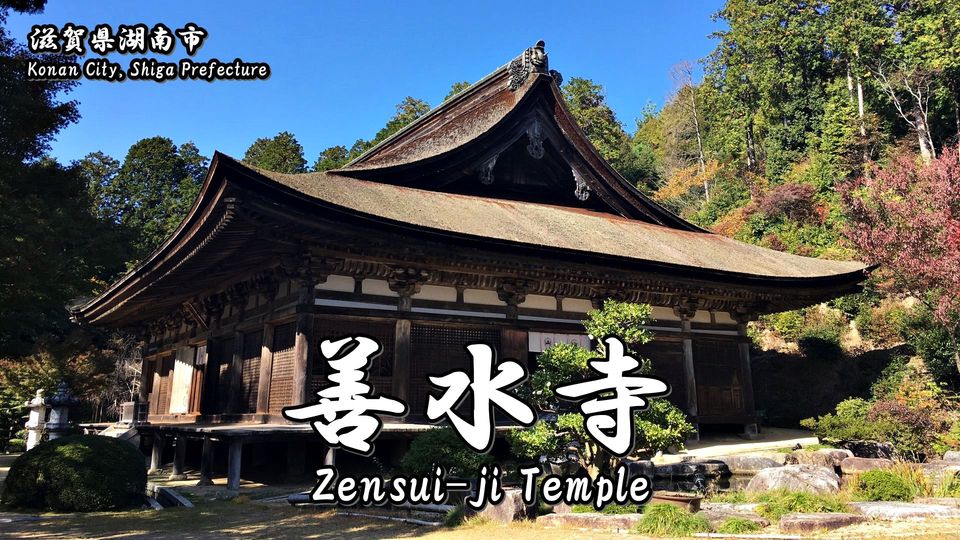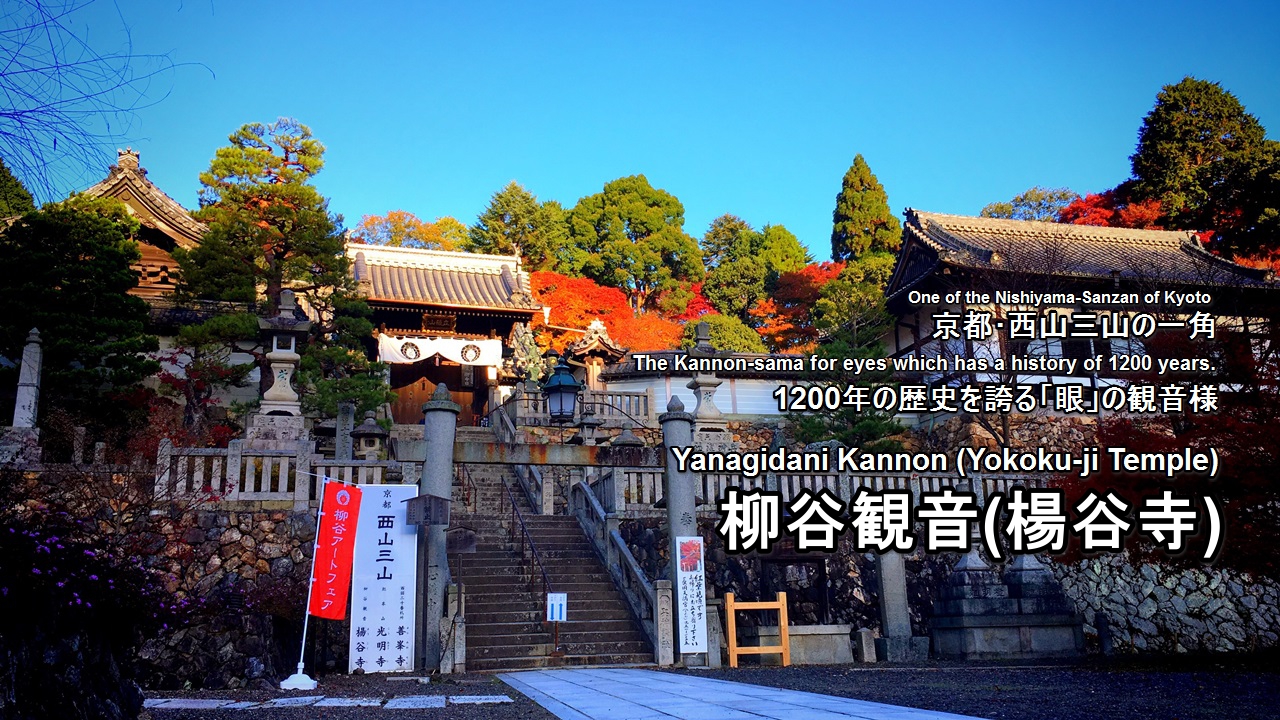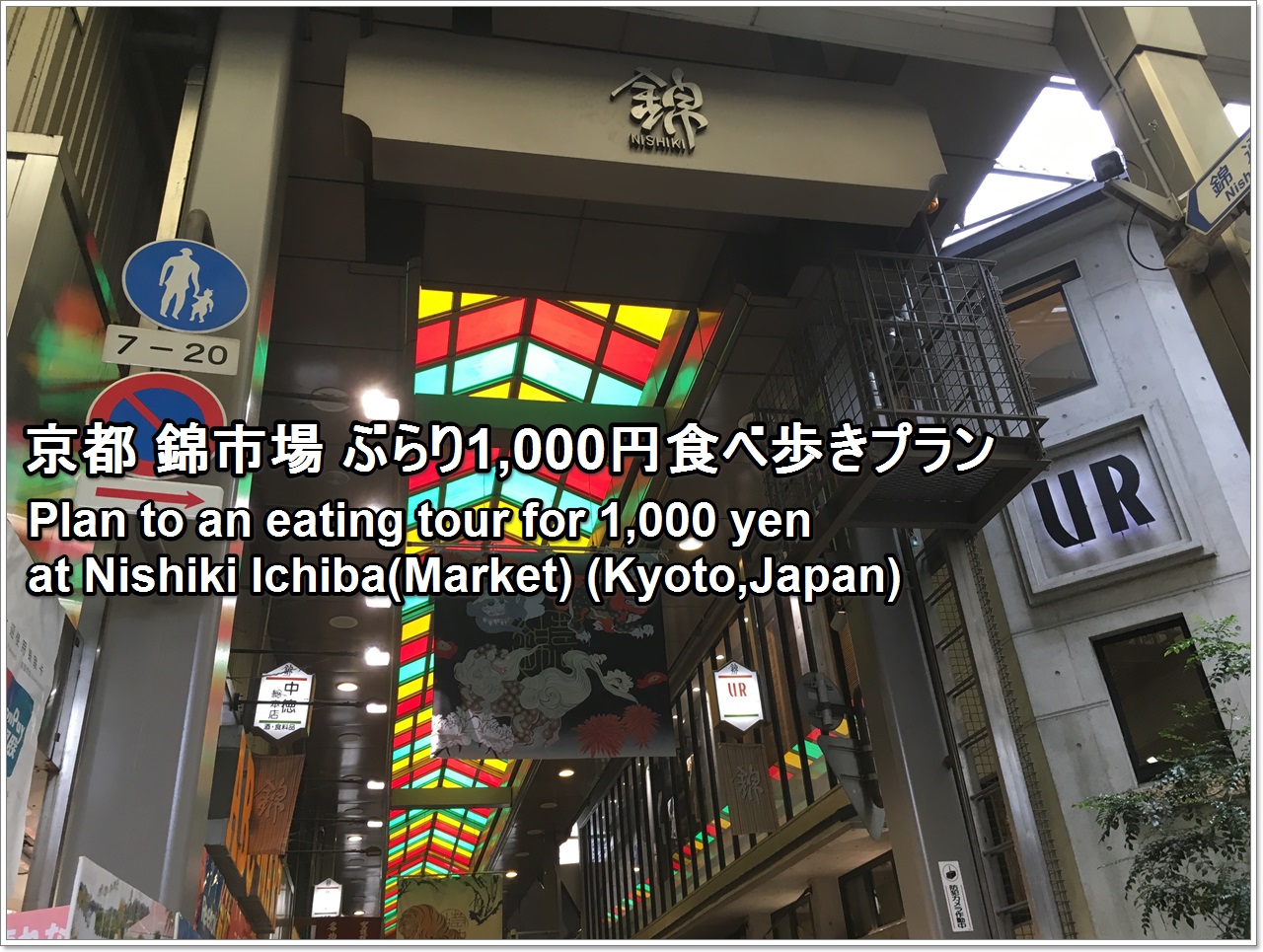Bishamon-do Temple is Buddhist temple belonging to the Tendai Sect located in Yamashina-ku Ward, Kyoto City.
The autumn leaves of a temple and a Shinto shrine of Kyoto are very beautiful.
However, autumn Kyoto is crowded with tourists very much.
The autumn leaves of Kyoto are very beautiful, but we get tired because of the crowd…
Therefore I am looking for the little-known spot of colored leaves of Kyoto.
So, I went to Bishamon-do Temple this time.
It is the famous place of colored leaves of Kyoto to the people in the know.
Contents:
- About Bishamon-do Temple
- Colored leaves of Bishamon-do Temple
- The highlights of Bishamon-do Temple
- Goshuin(The stamp of shrine or temple) of Bishamon-do Temple
- How to get to Bishamon-do Temple
1.About Bishamon-do Temple
Open:8:30~17:00(Mar. – Nov.), 8:30~16:30(Dec. – Feb.)
Admission Fee:500 yen(Adults),400 yen(High school student),300円(Elementary / Junior high school student)
Address:18, Anshu Inariyamacho, Yamashina-ku Kyoto-shi, Kyoto, 607-8003, Japan
Phone Number:+81-75-581-0328
Bishamon-do Temple is Buddhist temple belonging to the Tendai Sect located in Yamashina-ku Ward, Kyoto City.
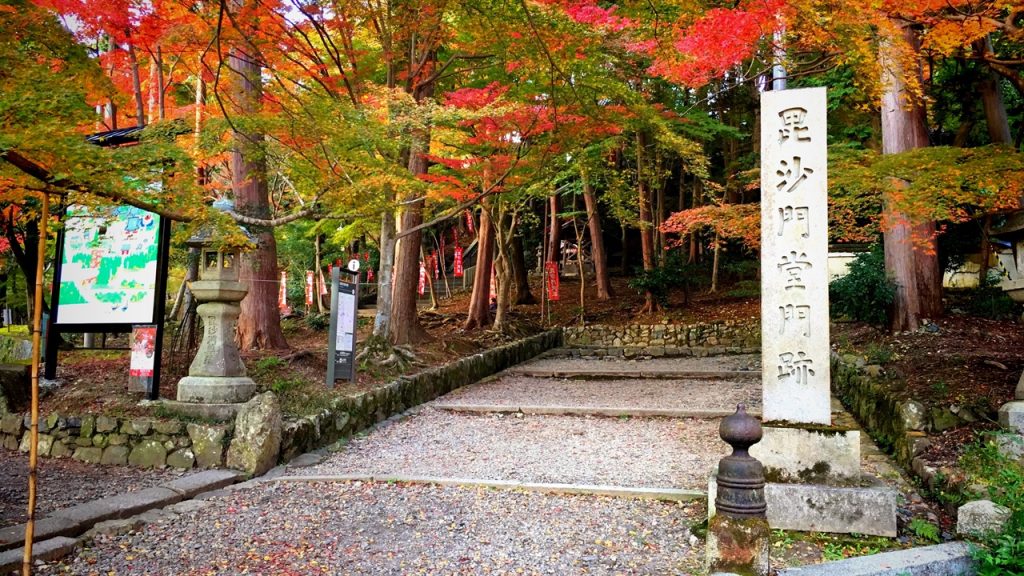
The mountain name of this temple is “護法山(Gohozan)”, and is a Monzeki Temple where the head priest is a member of the imperial family.
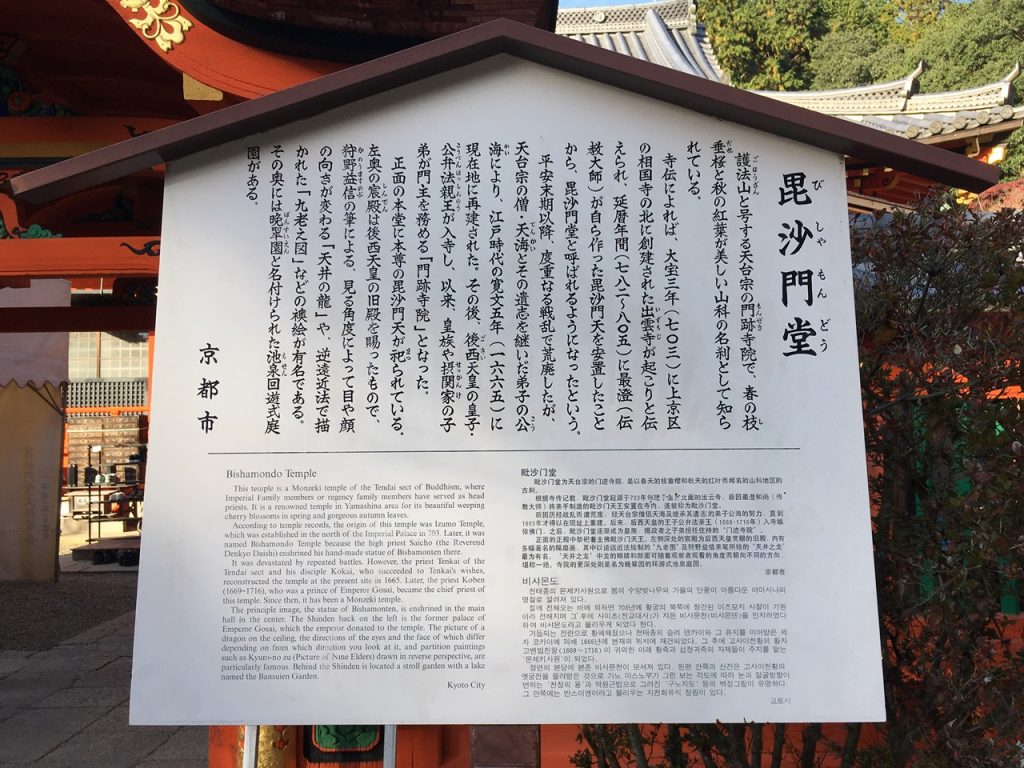
According to temple legend, Izumo-ji Temple, the predecessor of Bishamon-do Temple, was founded by Gyoki in 703 under the order of the Emperor Monmu.
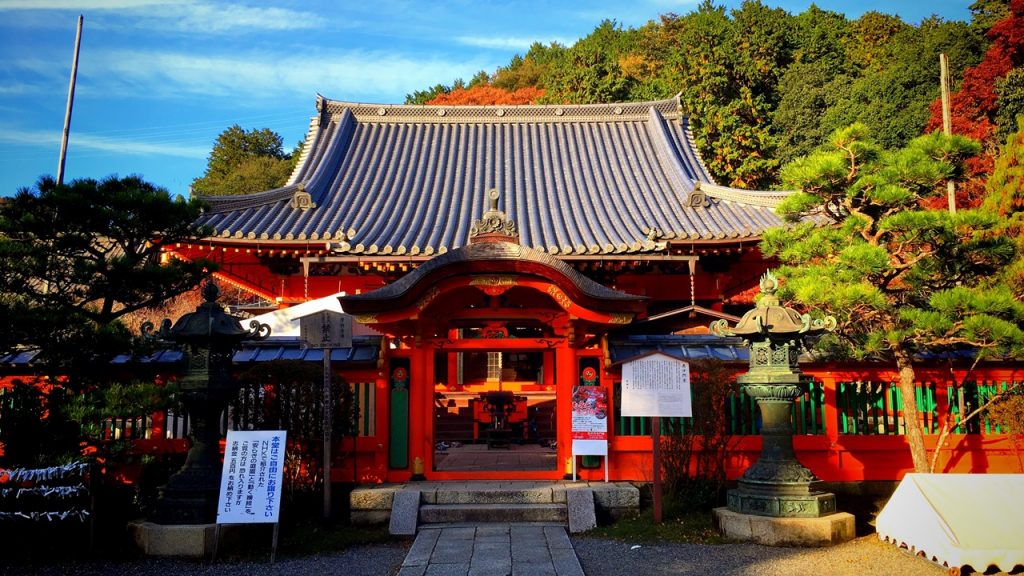
The principal idol of this temple is Bishamonten (also called Tamonten).
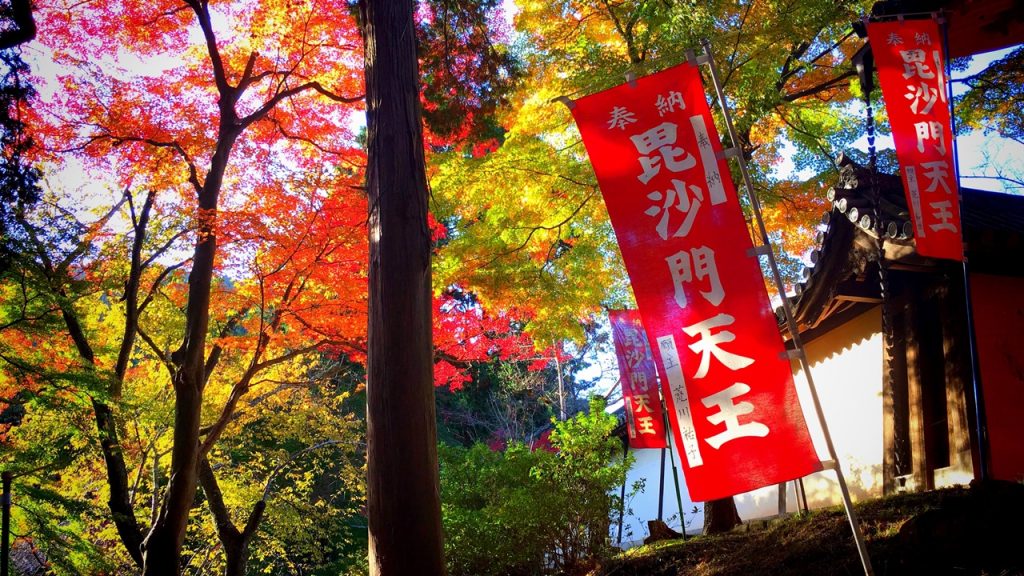
An admission fee is 500 yen (Adults).
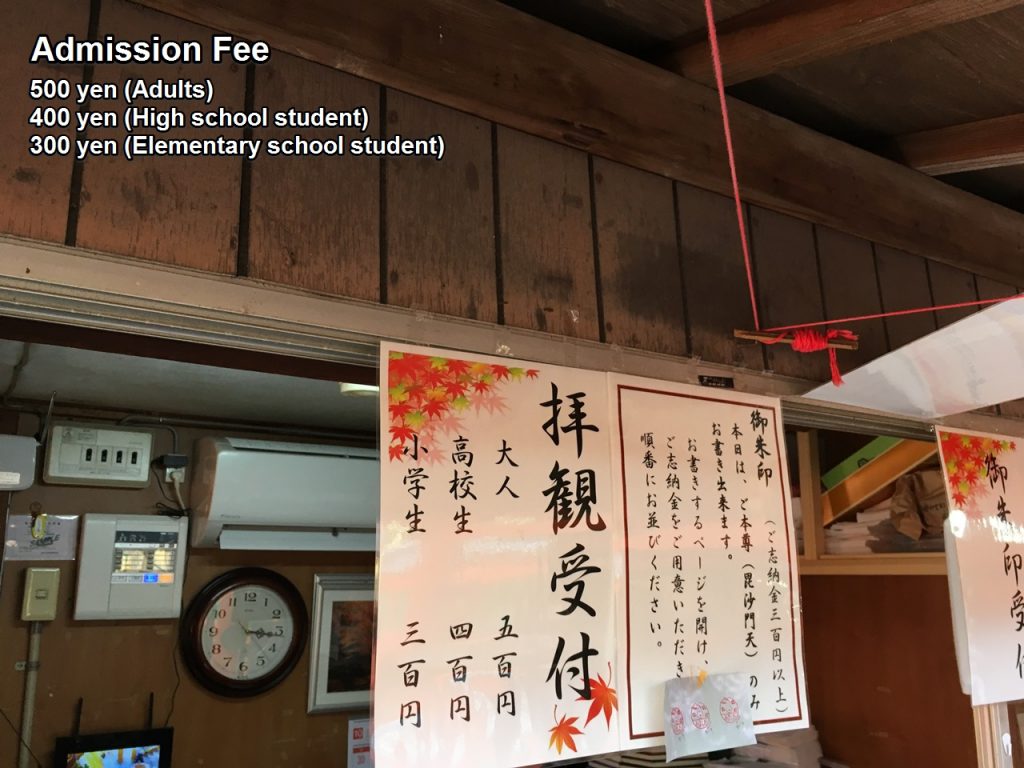
This temple is in a place a little distant from the center of Kyoto.
Therefore there are not so many tourists.
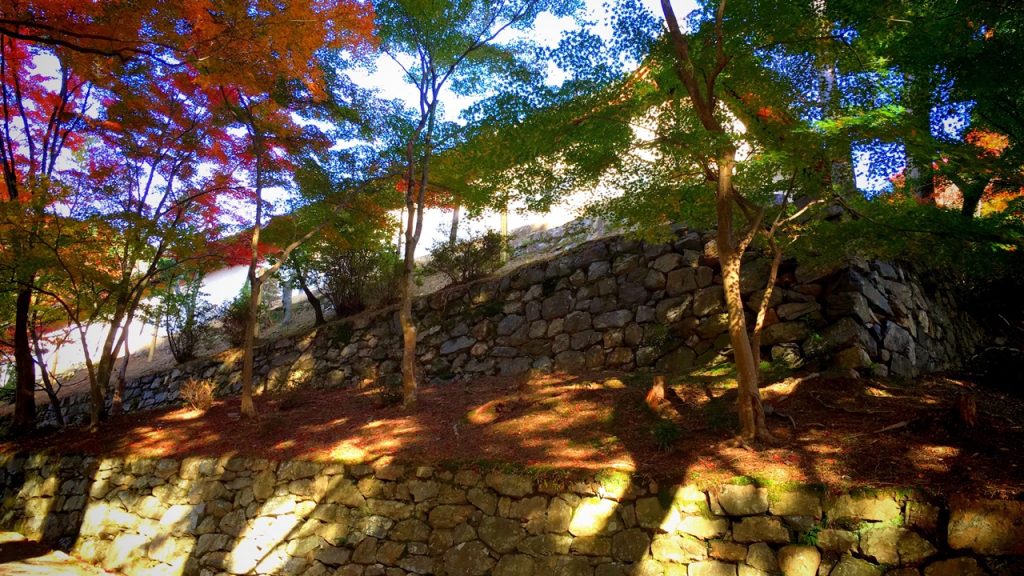
2.Colored leaves of Bishamon-do Temple
Peak of the autumn leaves:Mid November – Early December
The peak of the autumn leaves in this temple is from Mid November to early December.
Because it is crowded on a holiday, I recommend weekdays.
Seeing is believing.
From this point on, let’s watch a photograph of this temple’s autumn leaves.
How did you like it?
Next, let’s watch the highlight of Bishamon-do Temple!!
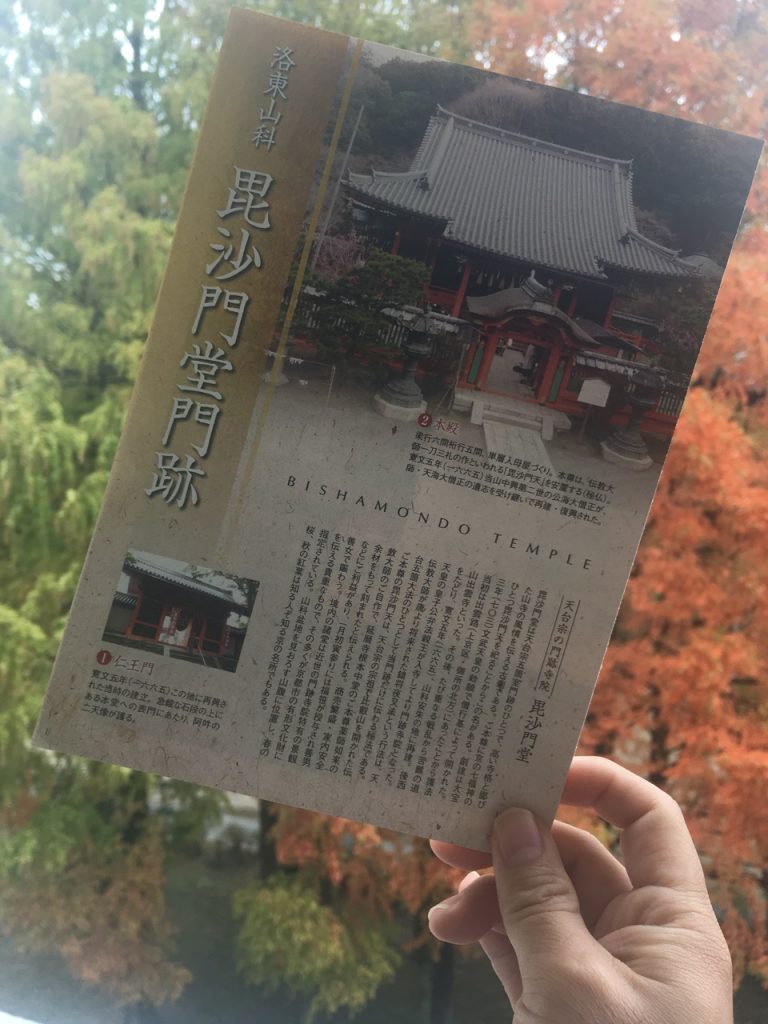
3.The highlights of Bishamon-do Temple
- 仁王門:Nio-mon (Deva) Gate
- 勅使門:Chokushi-mon Gate (gate for Imperial Envoys)
- 薬医門:Yakui-mon Gate
- 本堂&唐門:Hondo (Main temple)&唐門:Karamon Gate
- 霊殿:Reiden Hall
- 宸殿:Shinden (Emperor’s residence)
- 晩翠園:Bansui-en Garden
- 枝垂桜(般若桜):Shidare cherry-tree (drooping cherry-tree)
- 高台弁財天:Benzaiten (Sarasvati) Hall
●仁王門:Nio-mon (Deva) Gate
This is Nio-mon (Deva) Gate which is the entrances of this temple.

The two Deva kings image of A-un (Agyo and Ungyo) is enshrined in this gate.
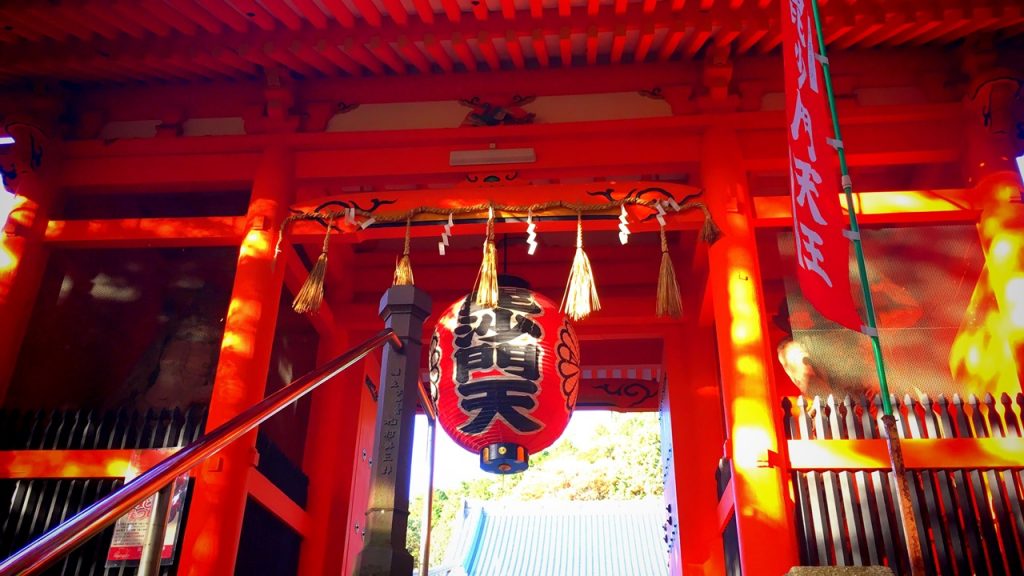
These image were made in 1665.
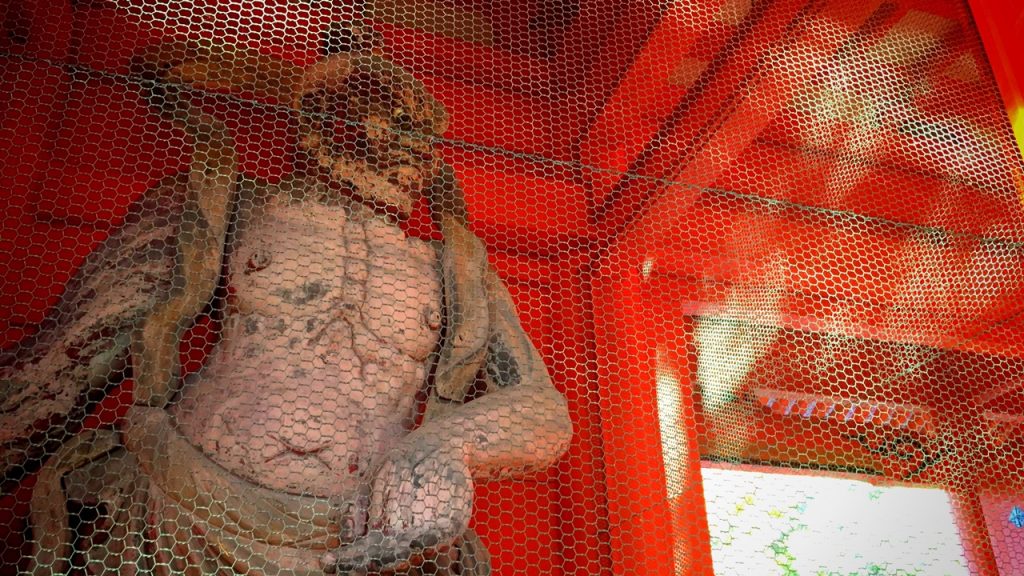
●勅使門:Chokushi-mon Gate (gate for Imperial Envoys)
This is Chokushi-mon Gate (gate for Imperial Envoys) which was built in 1693.

When the Emperor and the royalty came to this temple, this gate is opened.
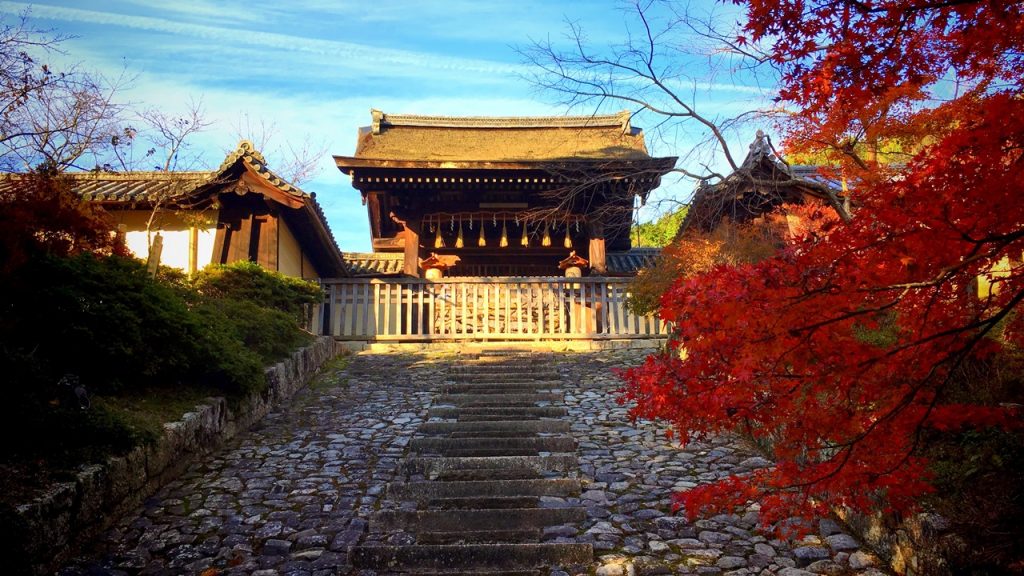
●薬医門:Yakui-mon Gate
This is Yakui-mon Gate.
The characteristic of this gate is a small door in the sides.
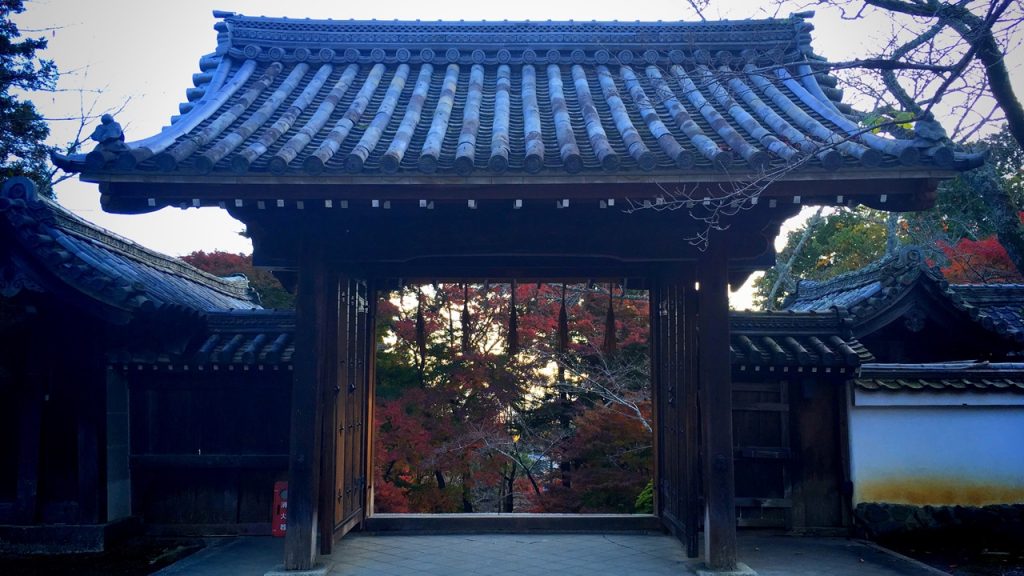
●本堂&唐門:Hondo (Main temple)&唐門:Karamon Gate
This is Hondo (Main temple) which was built in 1665 of the Edo period by Ietsuna Tokugawa.
The statue of Bishamonten (Vaisravana) which is the principal idol of this temple is enshrined in this building.
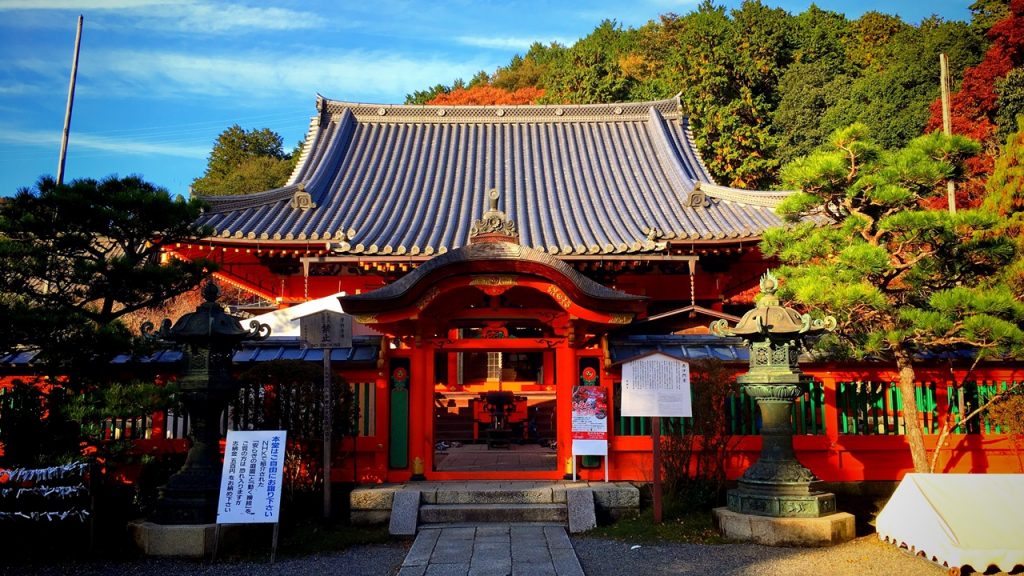
The gate which was built in front of Hondo (Main temple) is Karamon Gate.
This gate was built in 1665 of the Edo period same as Hondo (Main temple).
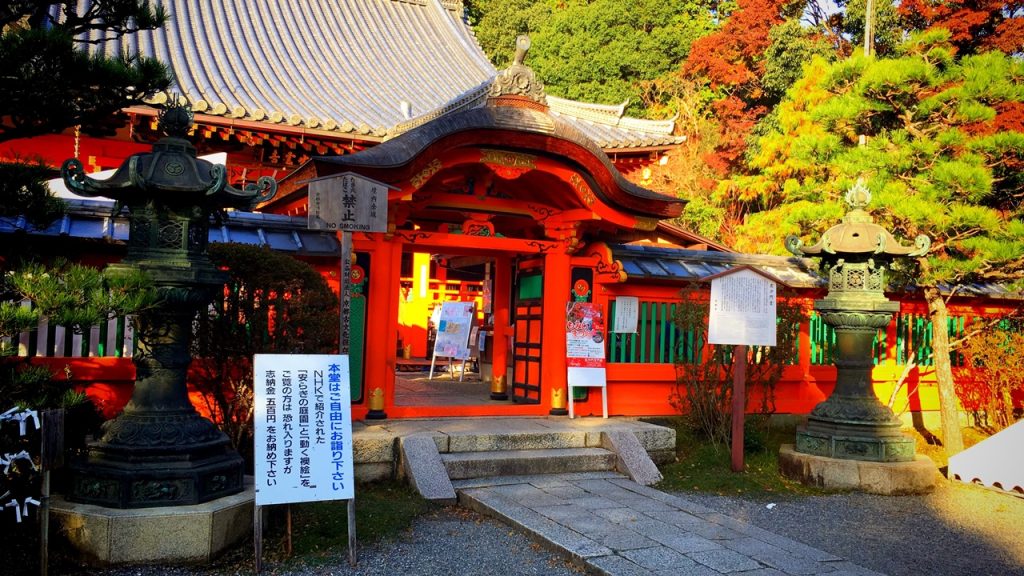
●霊殿:Reiden Hall
This is Reiden Hall which was built in 1693.
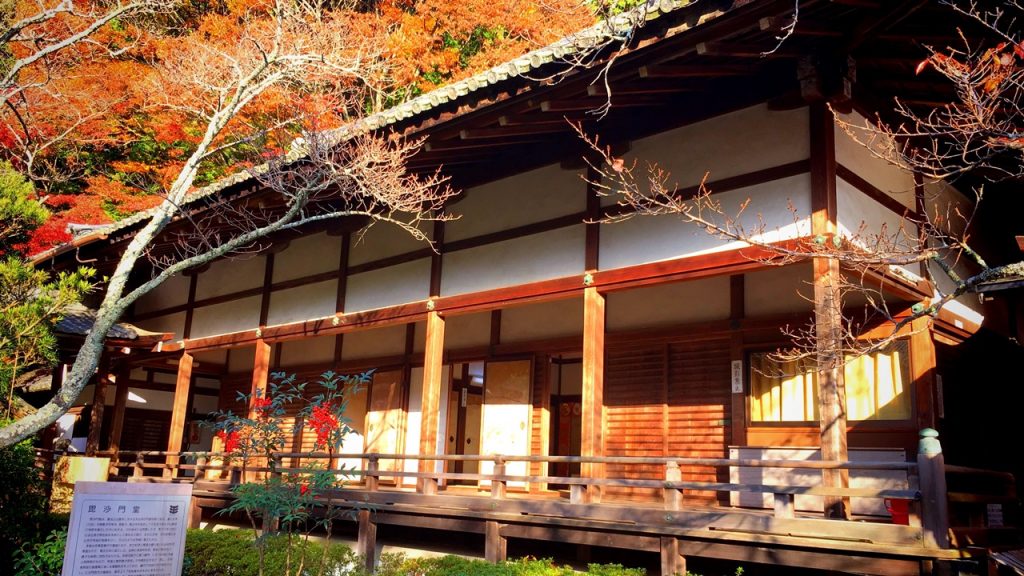
Statue of Amidanyorai, Image of the Emperor and Buddhist mortuary tablet of General Tokugawa are enshrined in this building.
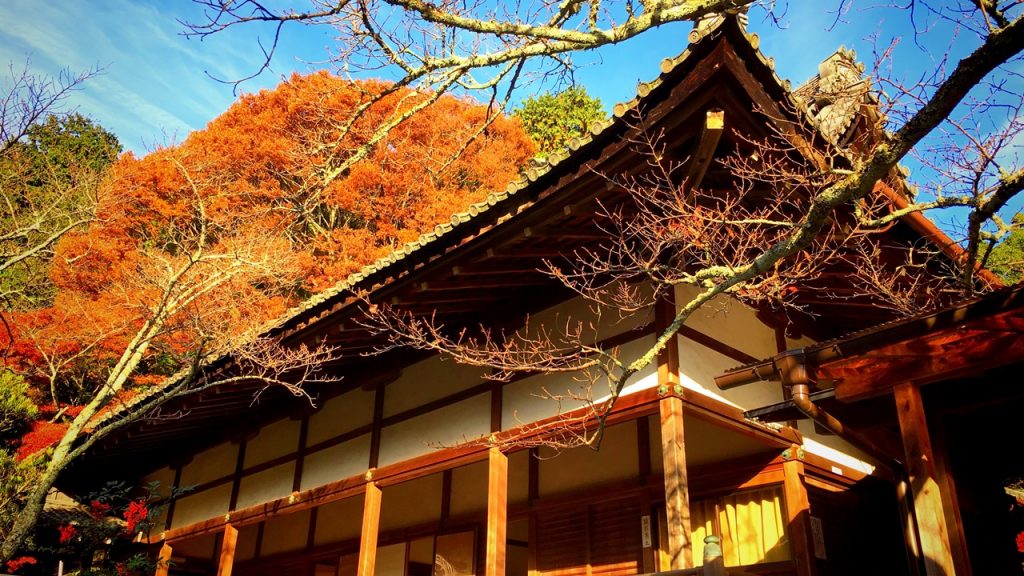
●宸殿:Shinden (Emperor’s residence)
This is Shinden (Emperor’s residence) which was removed and rebuilt in 1693.
Originally this building was the Imperial Palace of the Emperor Gosai.
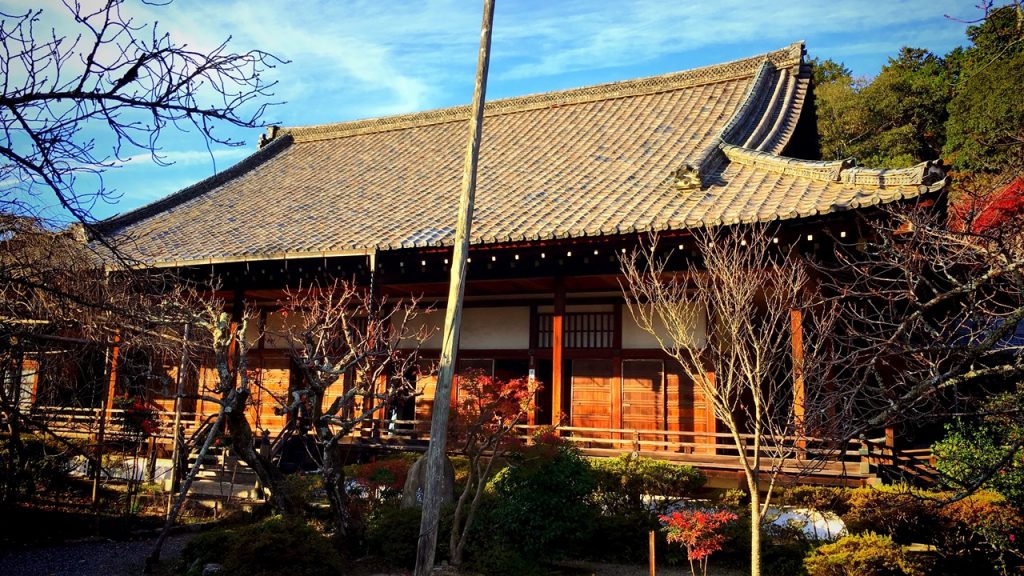
This is O-Genkan (Grand entrance).
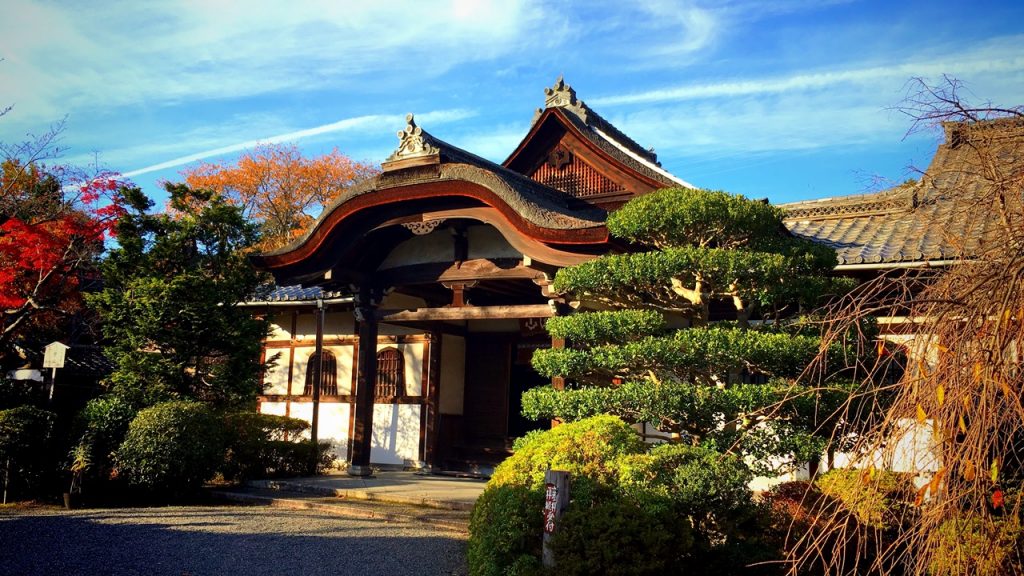
The signboard of “護法山(Gohozan)” which is the mountain name of this temple is put up.
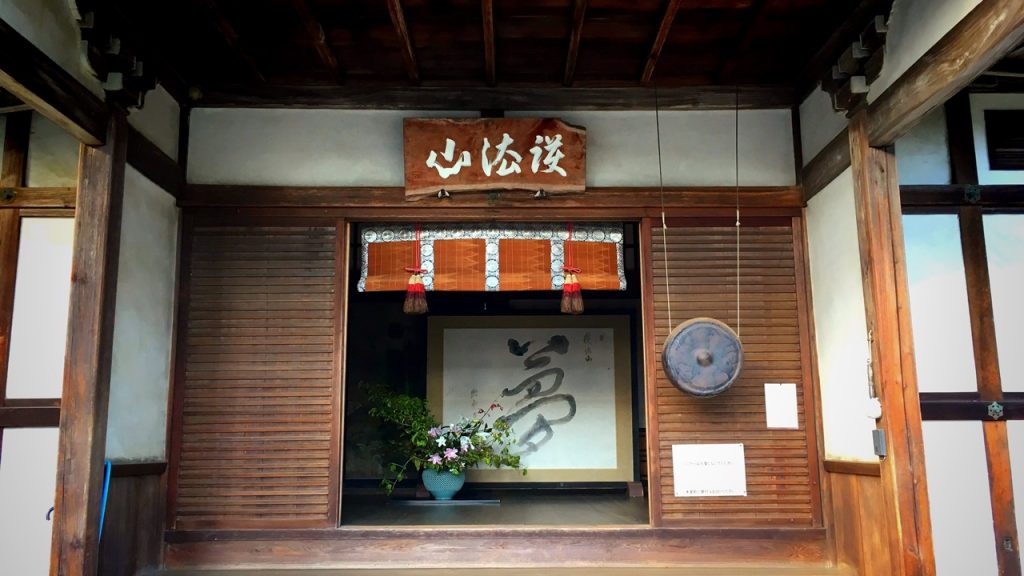
●晩翠園:Bansui-en Garden
There is a japanese garden called “Bansui-en Garden” behind Shinden (Emperor’s residence).
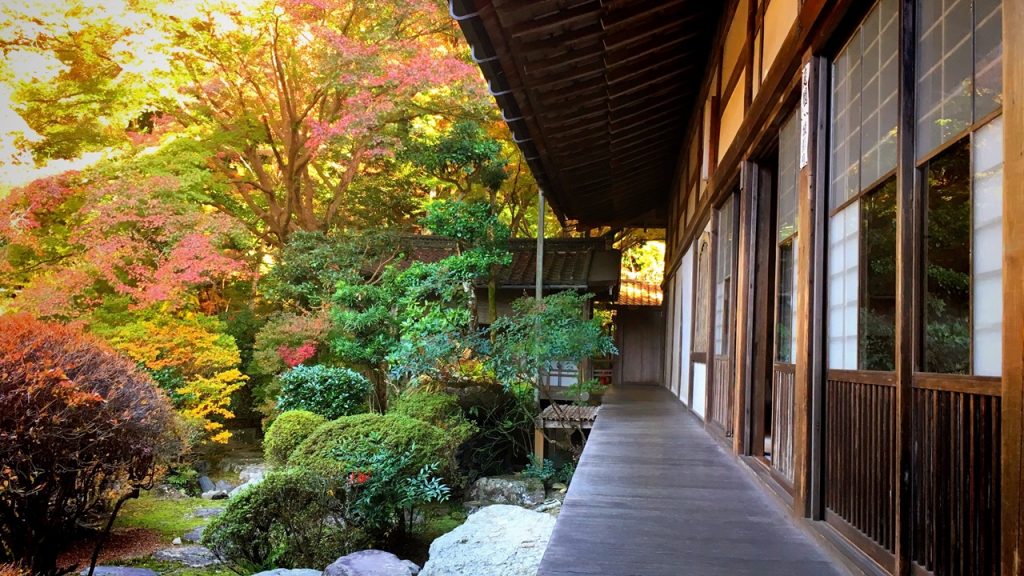
This garden is Chisen-kaiyushiki garden (Japanese style garden with a path around a central pond and spring) which was made in the Edo period.
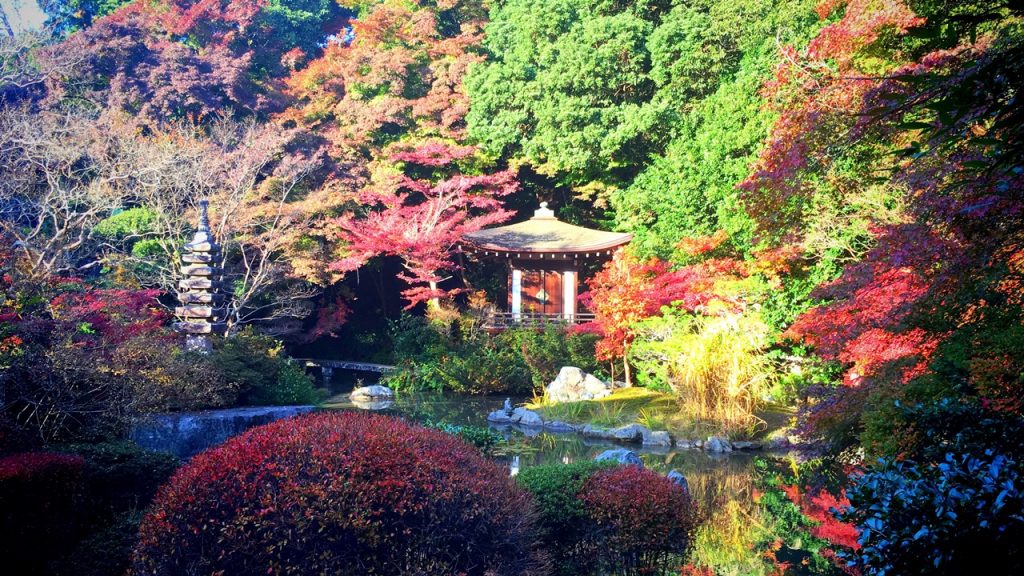
“Bansui” means the color of green trees at deep night.
Because this garden is covered by very deep green forest, this garden was named “Bansui-en”.

●枝垂桜(般若桜):Shidare cherry-tree (drooping cherry-tree)
The tree planted in front of this building is drooping cherry-tree more than 350 years old.
Cherry blossoms are very beautiful in spring.
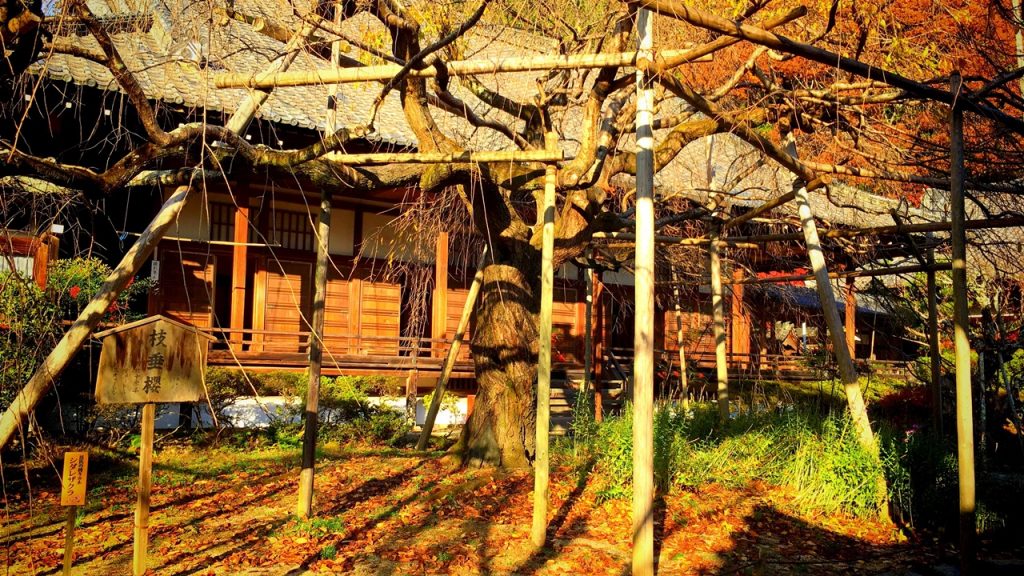
●高台弁財天:Benzaiten (Sarasvati) Hall
This is Benzaiten (Sarasvati) Hall which was built beside Hondo (Main temple).
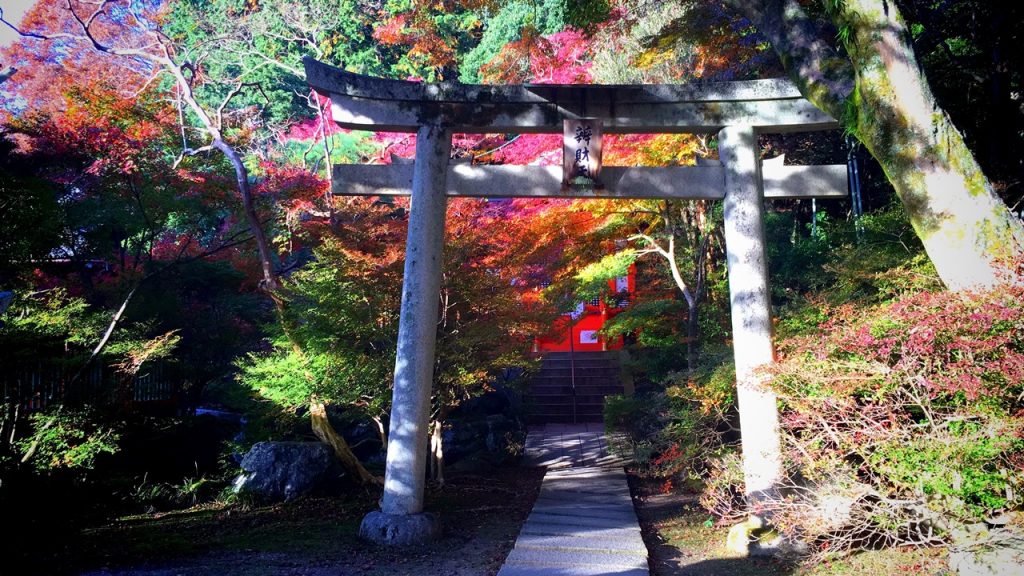
Benzaiten (Sarasvati) is enshrined in this building.
(Originally this Benzaiten (Sarasvati) was worshiped in Osaka-jo Castle.)

Benzaiten (Sarasvati) Hall is the place where colored leaves in particular are beautiful.
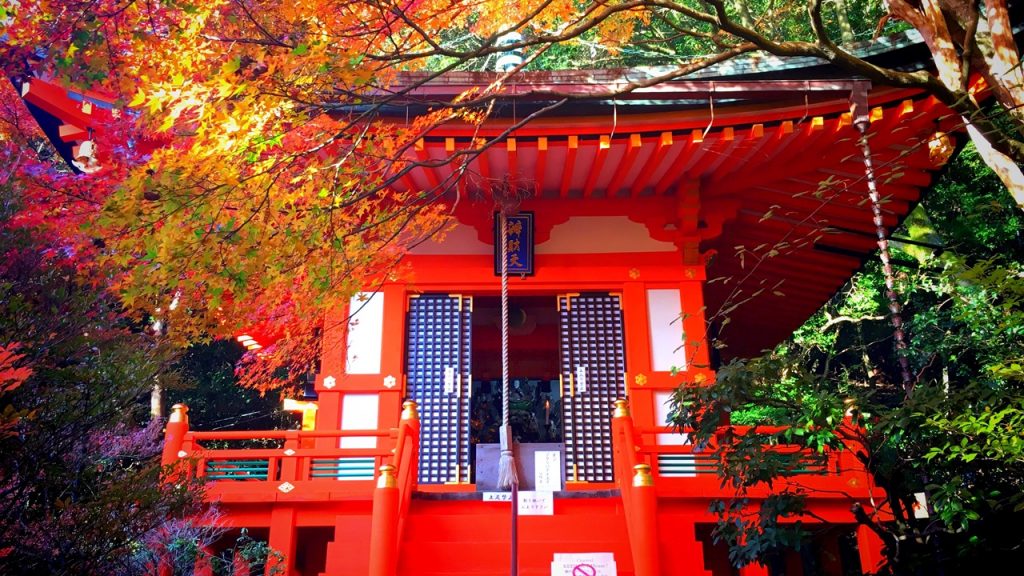
4.Goshuin(The stamp of shrine or temple) of Bishamon-do Temple
This Temple’s Sumigaki(The words which was written with a sumi(black ink)) is “毘沙門天王(Bishamontennou)” which is the principal idol of this temple.
As for the stamp of the maple of the lower right, it is stamped a red stamp in autumn and a green stamp in spring and summer.
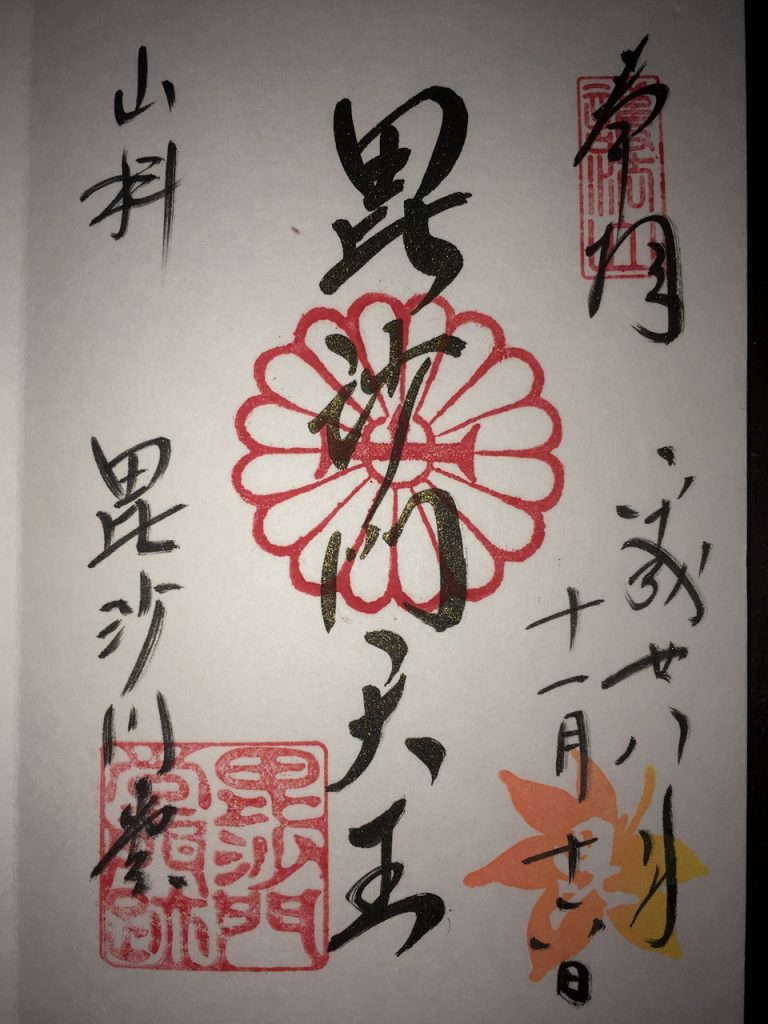
5.How to get to Bishamon-do Temple
The nearest station of Bishamon-do Temple is “JR/Keihan/Subway Yamashina Station”.
There is no bus service.
Therefore we go from nearest station to Bishamon-do Temple on foot.
■Yamashina Station→Bishamon-do Temple
We go from Yamashina station to Bishamon-do Temple on foot.
It’s about 20 minutes (1.2km) on foot.
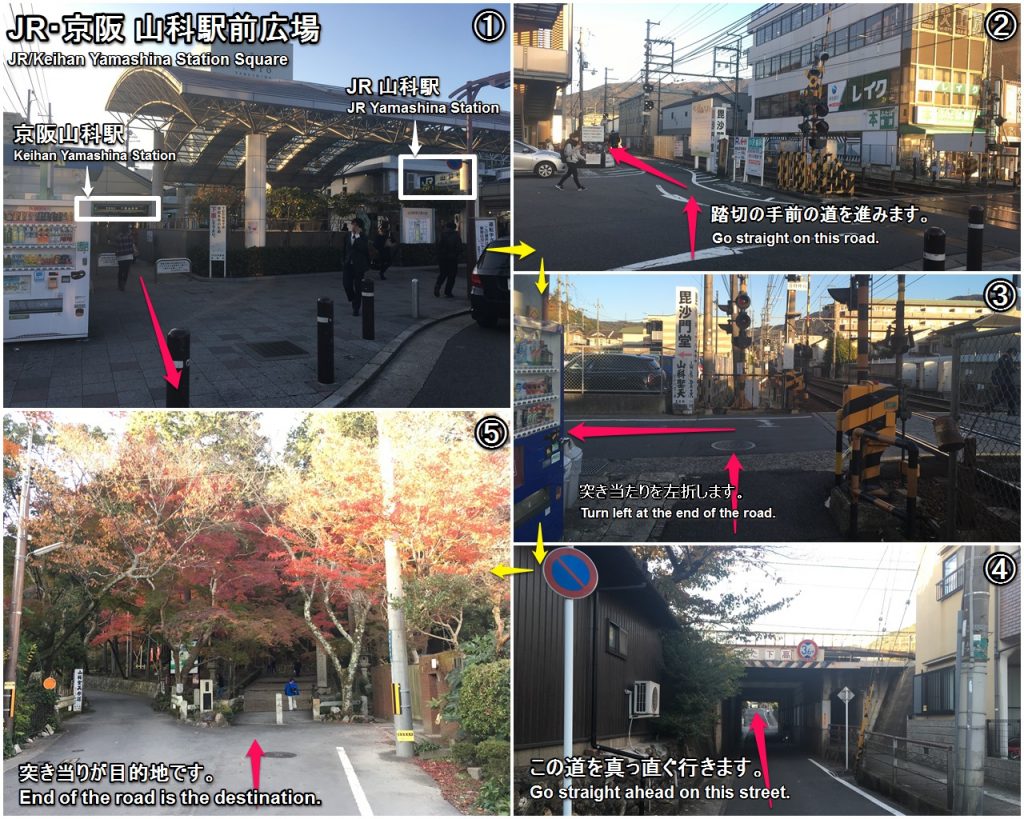
How did you like it?
Please try to go.
Have a nice trip! XD
<Let’s search the sightseeing information of Kansai in Japan on ‘Japan’s Travel Manual‘!!>
<This site introduces the easiest way to get Japanese (Kansai) sightseeing spots to you.>

